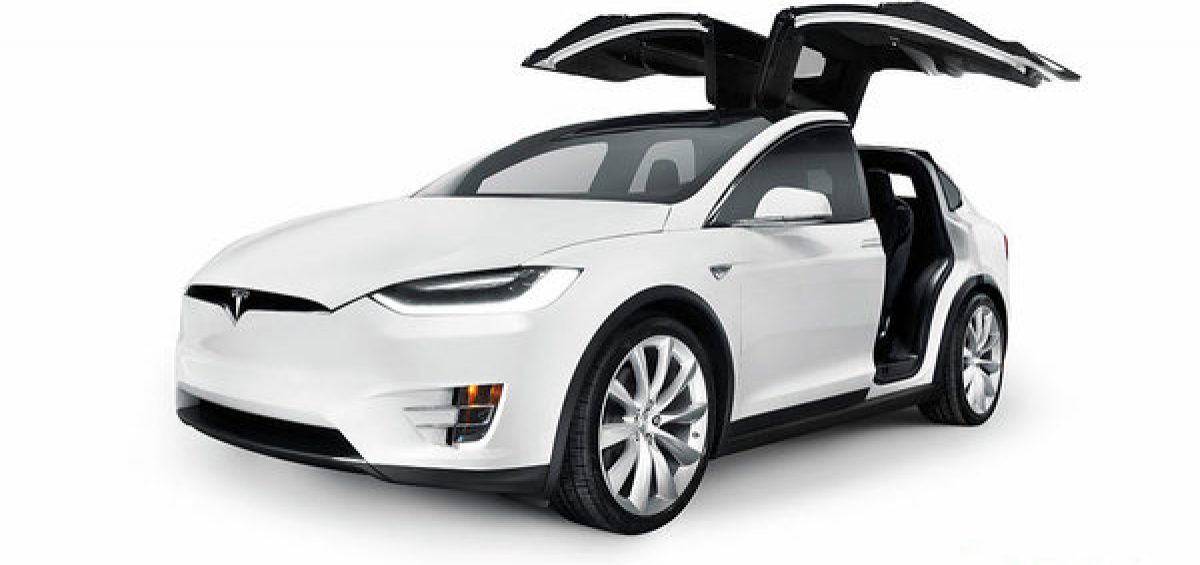Can leading print industry players truly reinvent themselves to drive disruption in their industry and harness the entrepreneurial, start-up spirit and design thinking that Tesla has brought to the auto industry?
Quocirca’s Print 2025 Study revealed that 70% of global print industry executives are concerned about market disruption, and just 39% feel they are prepared to respond to the changes ahead. A poor culture for innovation is cited as the top challenge stifling progress, yet print companies know that it’s the most important strategy for success in the future. Overall, 93% of print industry executives said that major changes were needed to their business processes, and 77% agreed significant changes to corporate culture were needed.
The disruptive innovation that Tesla is bringing to the auto industry may seem a world away from what is happening in the print industry. However, both industries share common characteristics. Like the auto industry, the print industry is steeped in traditions of long manufacturing cycles and engineering perfectionism. Despite both industries having access to huge amounts of capital and enormous economies, they are saddled with corporate inertia.
While print manufacturers continue to innovate their core product portfolios, there is little disruptive technology and business model innovation. Typically, their corporate cultures are not conducive to pushing new products and services at the expense of an old one. Shifting buyer priorities and a rapidly evolving technology landscape, where print and digital technologies are converging, means that print industry heavyweights can no longer be sure that they will be the leaders of tomorrow. They must reinvent themselves and undergo rapid cultural change.
While it is unlikely to be possible for any print manufacturer to completely replicate the Tesla direct sales model – there are no dealers, no commissioned sales people, there is no inventory – there are still lessons to be learnt:
- Driving brand innovation in a millennial world. The Tesla brand is indelibly linked with Elon Musk and a bold mission “to accelerate the world’s transition to sustainable energy”. For Tesla, it is about the cause. Print manufacturers all have a story around sustainability, but it is rarely core to their brand which is still largely associated with print and paper. For now, and the immediate future, ink and toner is the fuel of the print industry. But as print volumes diminish and digitisation increases, the print industry needs to drive sustainability messaging to resonate with an increasingly socially and environmentally conscious buyer. Tesla is already proving that there is money to be made in sustainability and that one company can make a difference in shaping the future.
- Fully leveraging IoT data and connectivity. Tesla has invested in artificial intelligence and IoT. Using the sensor data it collects from its vehicles, it is the only car manufacturer providing automatic over-the-air firmware updates that improve safety, performance, and infotainment capabilities remotely – at no extra cost. The use of software and connectivity has made it possible for Tesla to fix many problems remotely and to update its cars with new features every few months. Although print manufacturers offer remote monitoring and predictive maintenance, most are not fully exploiting the opportunities around IoT. Learning more about customers by analysing data allows print manufacturers and their partners an unprecedented opportunity to deliver better products, services and superior customer experiences.
- Open innovation and collaboration. In 2014, Elon Musk famously announced that Tesla was joining the open source movement and giving its patents for free. Musk said that Tesla would not pursue lawsuits against anyone who wants to use their technology to improve sustainable transport; “we believe that Tesla, other companies making electric cars, and the world would all benefit from a common, rapidly-evolving technology platform”. While print manufacturers pride themselves on their patents, in a traditionally closed and proprietary industry, there must be more collaboration to thrive in tomorrow’s open ecosystem. We are already seeing some print manufacturers, active in open innovation. Konica Minolta is one key industry player that is pursuing open innovation as it moves to a “platform-led business”.
- Shaping the future of service.Tesla has turned the car sales model on its head. It uses a direct sales model and has combined many sales centres with service centres. Most auto manufacturers, like print manufacturers, manage service as a profit centre. So, could the rise of software-controlled functions within devices chip away at the service and repair business? Tesla has taken a different approach to reliability issues, through over-the-air updates. Predictive analytics are already used by print manufacturers to identify when service or repairs are needed. While service and supplies (ink and toner) will remain a key source of profit for the print industry, the potential of more efficient servicing through software connectivity could reshape the current channel model in the future.
Tesla has its sceptics and is still a small player compared to traditional automakers, which are responding with their own viable electric initiatives. However, Tesla has led a paradigm shift and proved that a legacy industry can be disrupted through both technology and business model innovation.
In the print industry, disruption may not come from an upstart but from existing players. Ultimately the print manufacturers that are the most agile, software-centric and innovative will be best positioned to succeed. Print manufacturers’ past success is perhaps the biggest hurdle to taking their companies in a new direction; strategies that were successful over the last several decades are not likely to succeed in the next.
Print manufacturers need to position themselves now for the future and evaluate how they can disrupt their own industry. However, this requires innovative leadership and it remains to be seen if a visionary like Elon Musk, will emerge to force the pace in the print industry.
Sourced from: Print 2025
[gravityform id=”5″ title=”true” description=”true”]


